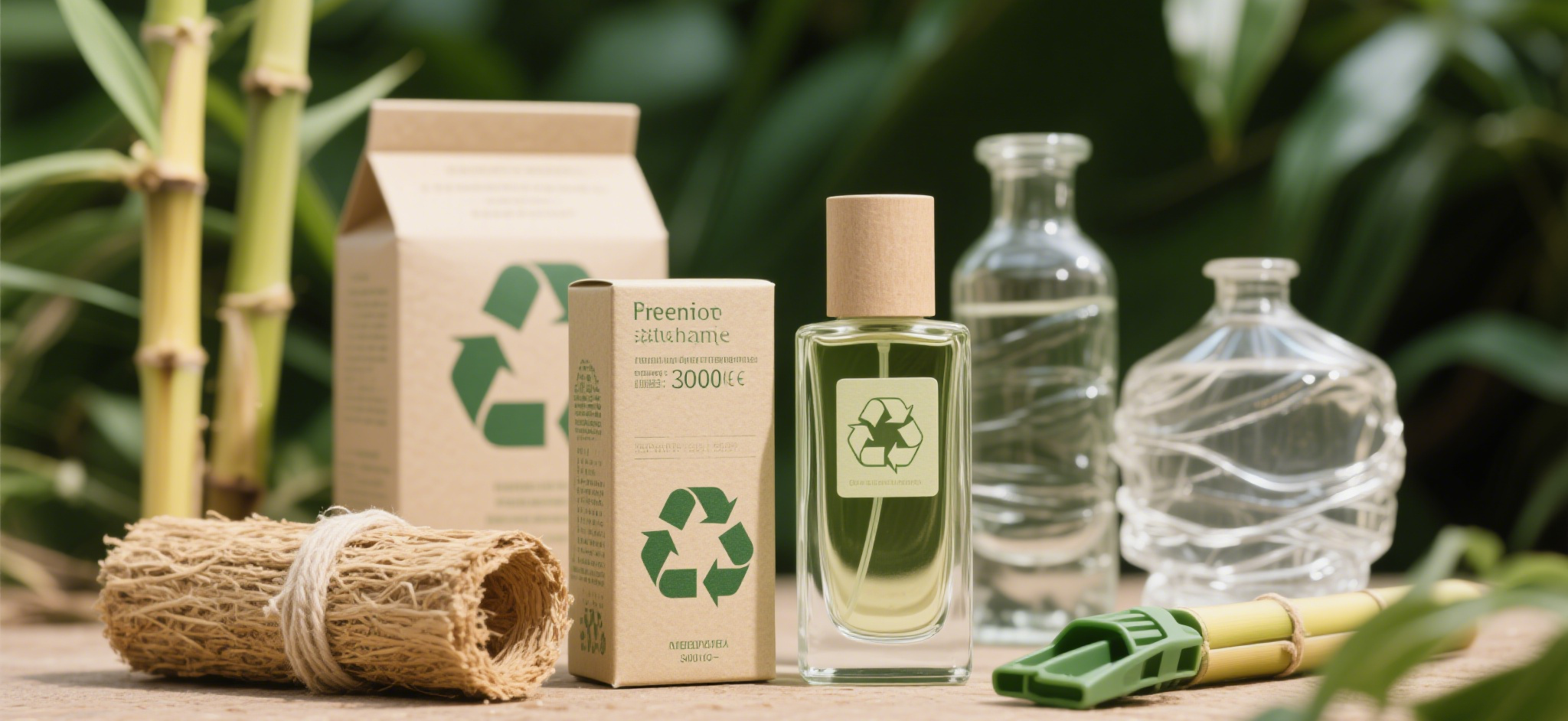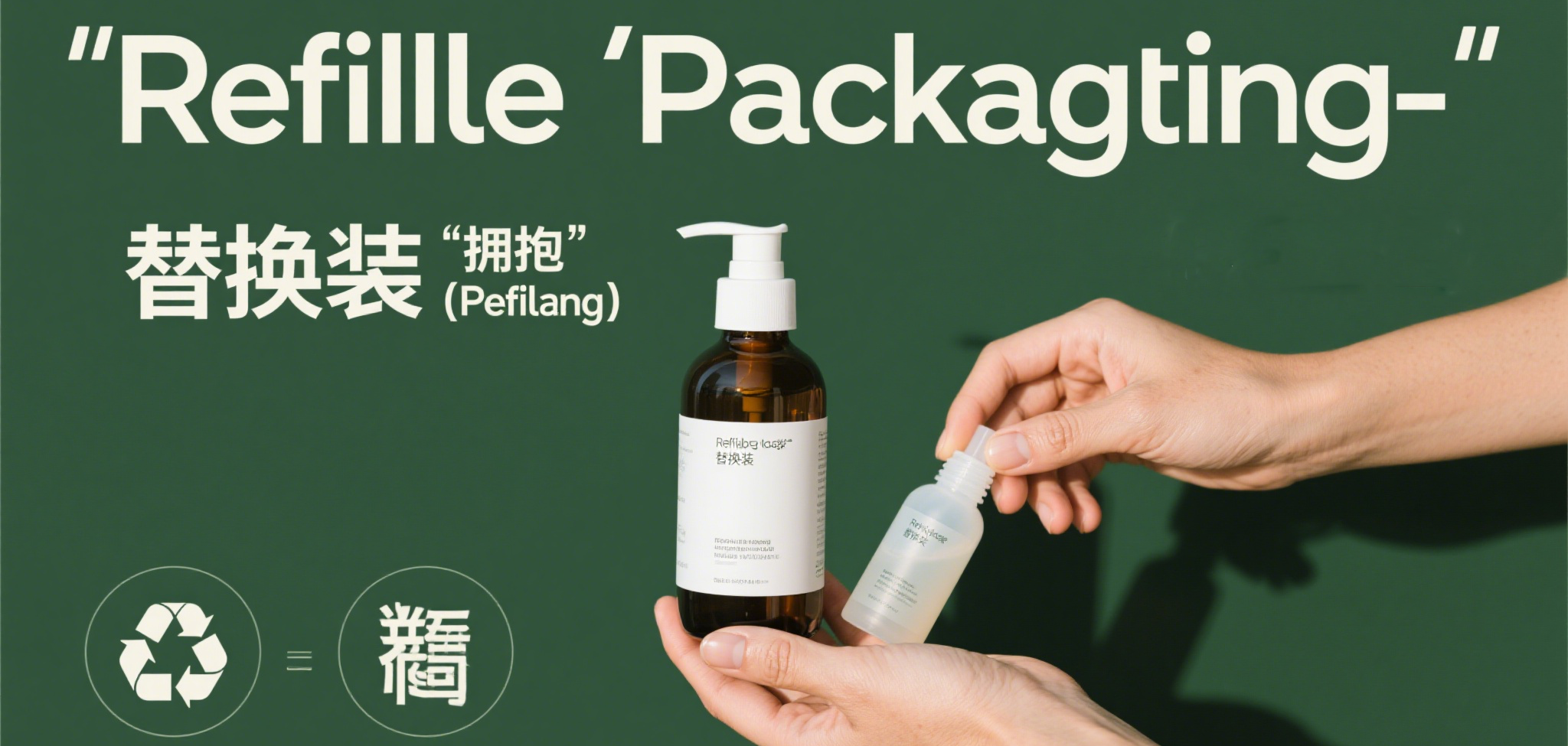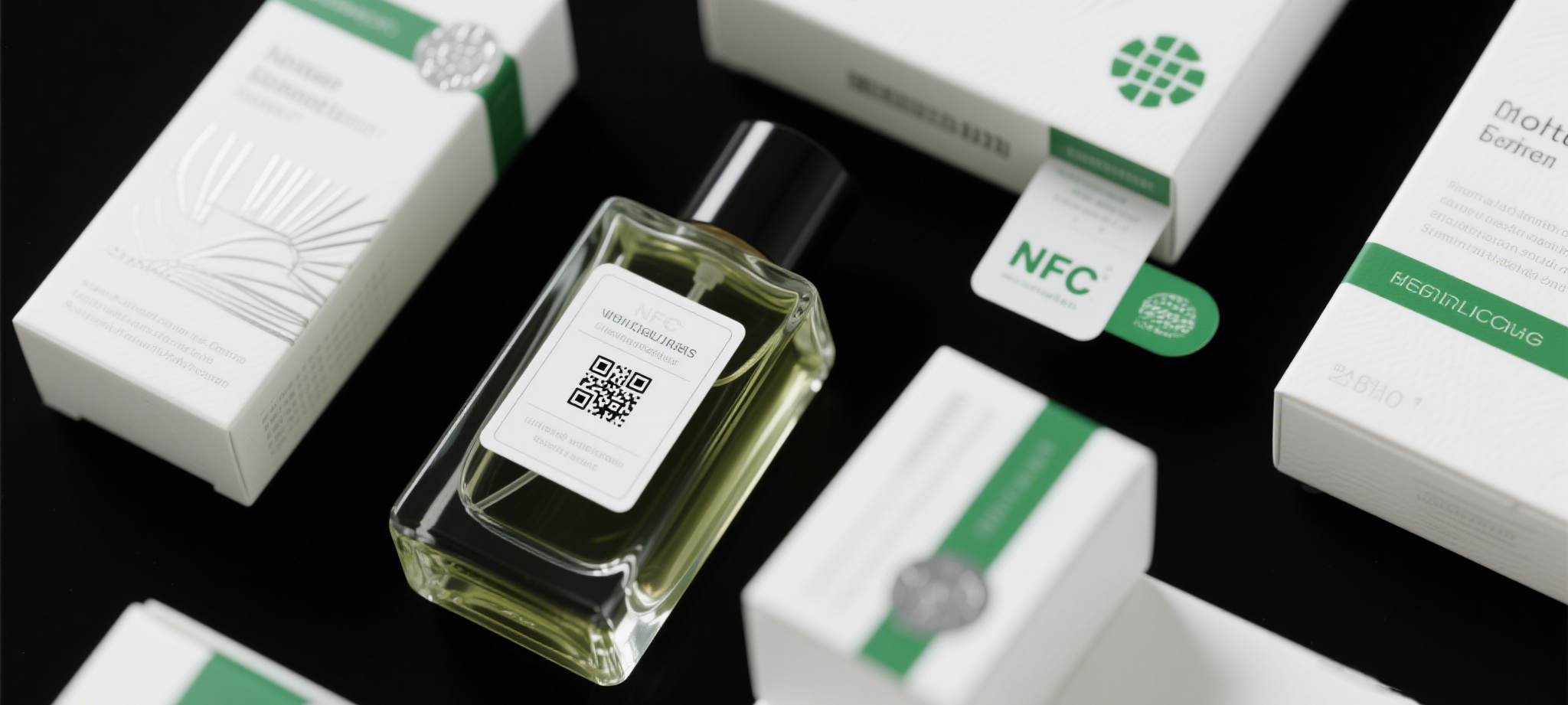With the increase in consumer awareness of environmental protection and the promotion of global policies, the perfume packaging industry is accelerating the transformation to sustainable development. In 2025, when choosing perfume packaging, brands and consumers should not only focus on aesthetics and functionality, but also integrate environmental concepts into every aspect of decision-making. Here are five key trends based on industry trends and data analysis to help you make more sustainable choices.
1. Give priority to recyclable and degradable materials
Environmentally friendly materials have become the core of perfume packaging design. According to the market report, by 2025, the global green packaging market is expected to exceed 300 billion US dollars, of which biodegradable materials (such as bagasse, bamboo fiber) and recycled materials (such as recycled glass, recycled plastics) will dominate.

Glass bottles: Because of their 100% recyclability and chemical inertia (they don't react with perfume ingredients), glass has become the preferred choice for high-end brands, such as French brand Verescence's high transparency regenerative glass bottles.
Bio-based plastics: Plant-based materials, such as polylactic acid (PLA), can replace traditional petroleum-based plastics and reduce their carbon footprint.
Paper packaging: Use FSC certified environmentally friendly paper or compostable cartons, combined with soy ink printing, to further reduce environmental impact.
Action suggestion: Choose packaging that clearly labels the material composition and recycling guidelines, and avoid mixing materials (such as plastic and metal) to simplify the recycling process.
2. Embrace "makeovers" and minimalism
Reducing waste of resources is a core objective of sustainable development. In 2025, "Refillable Packaging" will become a mainstream trend. After consumers buy a fine bottle for the first time, they can reuse it by buying a refill to reduce costs and waste.

Case in point: International brands such as Diptyque have launched a replacement service where consumers can keep the classic bottle body and only replace the inner core, reducing plastic use by 70%.
Minimalist design: Eliminate excessive decoration and reduce the number of packaging layers, such as using a single material bottle cap or no label design, both in line with modern aesthetics and improve recyclability.
Action suggestion: Support brands that offer replacement options, and pay attention to whether the packaging is "circular design" certified (e.g. Cradle to Cradle).
3. Focus on carbon neutral technology and production process
Carbon emissions in the production process are an important challenge for the packaging industry. In 2025, brands will focus more on adopting low-carbon processes:
Clean energy: Use solar or wind powered production lines to reduce dependence on fossil fuels.
Lightweight technology: Reduce transportation energy consumption by optimizing bottle thickness (e.g. lightweight glass).
Water-based coatings and environmentally friendly processes: Replace traditional electroplating or spraying processes to reduce toxic chemical emissions.
Advice for action: Give priority to brands that publish carbon footprint reports, such as those that are "carbon neutral certified" (e.g. PAS 2060).
4. Support localization and fair trade supply chain
Shortening supply chain distances can significantly reduce transport carbon emissions. In 2025, local production and fair trade raw material procurement will be the key to competitiveness:

Local sourcing: Choose locally produced packaging materials (such as Chinese bamboo fiber) to reduce the carbon cost of cross-border transportation.
Fair Trade Certification: Ensures that raw materials, such as natural flavors and packaging materials, come from suppliers that meet labor rights and environmental standards.
Case in point: Local Chinese brands such as Guanxia combine traditional cultural elements (such as ceramic bottles) with local supply chains to create low-carbon national fashion packaging.
5. Technological innovation promotes intelligent and functional packaging
The combination of technology and environmental protection injects new vitality into perfume packaging:

Smart labels: Provide product traceability information via NFC or QR codes to enhance transparency and consumer trust.
Active packaging: Integrated preservation technology (such as vacuum sealing) extends perfume shelf life and reduces waste due to spoilage.
Biodegradable microcapsules: used in perfume trial packs to avoid pollution from disposable plastic samples7.
Summary: The shared responsibility of brands and consumers
In 2025, the sustainable development of perfume packaging is not only an industry trend, but also a shared responsibility of brands and consumers. By choosing environmentally friendly materials, supporting circular design, focusing on production processes and supply chain transparency, we can enjoy the art of perfumery while reducing the burden on the planet.
Contact: Gavin
Phone: +8613809623005
E-mail: Gavin@mingspak.com
Whatsapp:+8613809623005
Add: 4#,Langxiedong Street,Changan Town, Dongguan,China 523850
We chat
